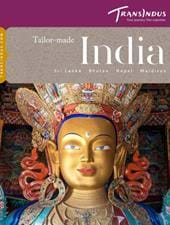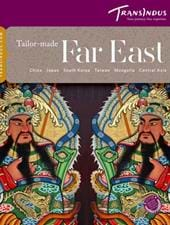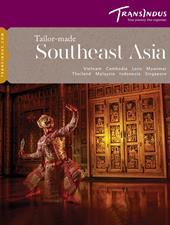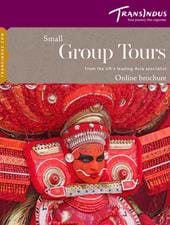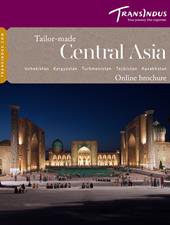On the northern side of the island, Taiwan’s high-rise capital is a pulsating, modern metropolis of 2.7 million, but one still very much in touch with its natural and spiritual hinterland. Ridges of green mountains surround the city, providing a ready escape from the hubbub of downtown, as well as some of the finest skyline views in Asia. It was founded around 300 years ago, but only really got into its stride during the Japanese occupation, which began in 1895 and came to an end after World War II, when Chiang Kai-shek’s Kuomintang made the city their capital. Today, Taipei ranks among Asia’s economic powerhouses, and one of the most visited cities in the Far East – in no small part due to the capital’s fabulous museum.
It’s also an important hub for the country’s performing arts scene - especially dance. Taiwan’s most acclaimed companies have their own theatres, hosting regular performances influenced by Taiwanese martial arts, Taoist philosophy and traditional drumming.
National Palace Museum
Chinese tourists pour across the straits in particularly large numbers to admire the treasures of the National Palace Museum, most of which originated in Beijing’s ‘Forbidden City’ and are widely regarded as the finest single collection of Chinese art in the world.
The items, which include ceramics, paintings, sculpture and ancient bronze pieces, formerly belonged to the Qing Emperors. They were brought here for safe keeping during the Chinese Civil War and have remained in Taiwan ever since.
The museum has to be the only one in Asia whose prize exhibits are both representations of food items: one a cabbage, and the other a piece of boiled pork. The ‘Jadeite Cabbage’ is exquisitely fashioned from a chunk of green and white jade, while the ‘Meat-shaped Stone’ was carved from a single piece of banded jasper.
The Temple Trail
An unexpected highlight of Taipei is the wonderful array of traditional Chinese temples surviving in some of its older districts, which are the focus of colourful rituals and celebrations – a fascinating counterpoint to the modern city.
Foremost among them is the Confucius Temple, a fine example of Minnan (Southern) style architecture dating from the 1920s, whose ornate, sweeping roofs are set in beautiful parkland.
Another favourite is the atmospheric Longshan Temple, dedicated to the Buddhist Goddess of Compassion, which was built in 1730 and resides in the oldest district of Taipei, Wanhua. The shrine is renowned for its wood carving, stone sculpture and bronze antiques.
Surrounding it is a grid of narrow streets packed full of little shops selling calligraphy, herbal medicines and incense, as well as pilgrims dressed in traditional black robes.

